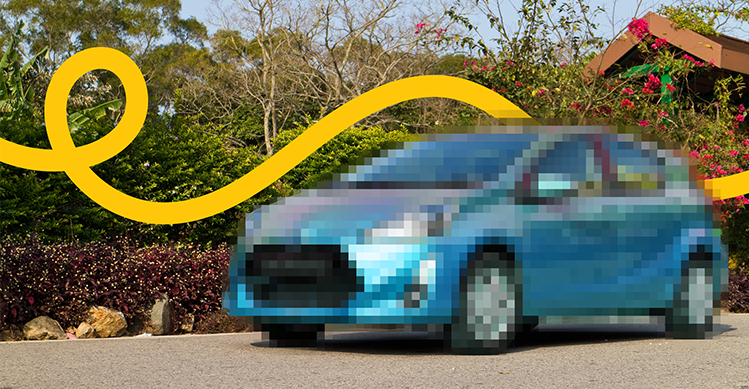The roads can be a risky place, and when you've got a little one in the vehicle you'll be wanting to do everything you can to keep them safe. At AMI, we take child safety seriously too. It's important to us that all children are looked after on the roads, so we’ve increased our car insurance cover to include the replacement of damaged child car seats.
If your child car seats are part of an accepted AMI Insurance Car policy claim for theft or damage and we deemed them no longer safe to use, then we’ll replace them with brand-new ones – keeping our most precious passengers safe. The old seats are then dismantled and recycled, so they don’t end up in the second-hand marketplace.
To make this all possible, we’ve partnered with two experts: SeatSmart and Baby On The Move. SeatSmart run the recycling programme, collecting, dismantling, and recovering or repurposing old/damaged child car seats for alternative use. And, Baby On The Move is our new child car seat provider. A nationwide franchise owned and operated by experienced mums and dads; they specialise in child safety. Best of all, they provide fitting and sitting sessions for customers buying child restraints.
We’ve taken the opportunity to ask Director of Baby On The Move, Claire Turner, for some expert advice on child car seats.
The back seat is always the safest place for children traveling in a vehicle. You should never put a child in a rear-facing child restraint into the front seat of a vehicle that has a passenger airbag. The best location for children in all types of car seats is behind the front passenger seat, followed by behind the driver’s seat.
If your child is under the age of two, and has reached the maximum rear-facing limits, it’s best to either buy or hire another child car seat that has higher rear-facing limits.
Current recommendations are to keep your child rear-facing until at least two years of age, and longer if possible. It’s important to check the manual for your child car seat to figure out its maximum age, height and weight for rear-facing limits. Best practice is to ensure your child doesn’t outgrow the maximum rear-facing limits. In some cases, this can take them to four+ years.
There are many features to check that could help your child be more comfortable while rear-facing. Firstly, having their feet hanging over the end of the restraint or having bent legs will not affect your child’s comfort or safety. You’ll need their age, weight and height to refer to your child car seat manual instruction before checking:
The angle of the rear-facing installation may need adjusting – if you need help with this, simply visit Baby On The Move so a child restraint technician can check it for you. Alternatively, you can get in touch with a local certified child restraint technician – find one near you on the RTA website.
Most child car seats expire between five and ten years from the date of manufacture (DOM) however, some brands now go from date of purchase (DOP), which only applies to the original purchase date. If you can’t find an expiration date printed on the child car seat, either via a label or embossed into the back shell of the seat, then check the restraint manual.
Each manufacturer will give a life expectation on the seats they make. The manufacturers carry out age testing and know the optimum time their seats will protect for. Life expectancies on child car seats factor in things like; deterioration of plastics over time with exposure to heat and or UV light, and changing technology – a child car seat over ten years old won’t have the latest safety features.
New Zealand doesn’t have an official recommendation for replacing child car seats after an accident, but it’s great to know that AMI refer to international best-practice safety standards. The following criteria indicates when a child car seat needs to be replaced:
If your vehicle and child car seats don’t meet these criteria, then the child car seats should be replaced.
You can, however you need to take extra caution before you use a second-hand child car seat. You should know the history of the seat, make sure it hasn’t been in a crash and be sure that it; has all the correct parts, is in good working order, and hasn’t been modified. Before buying the seat, check there aren’t any signs of:
It must also display the correct standard sticker for approval to be used in New Zealand:
Make sure it has the instruction manual, but if not, you may be able to download it online. If you can’t find it online, then it’s best not to buy the child car seat.
It’s so important to get car restraints right, so if you have any concerns or need any help, it’s a good idea to visit your nearest Baby On The Move store so one of their child restraint technicians can help you out. Get in touch at www.babyonthemove.co.nz or call them on 0800 222 966.
For more expert advice on child car seat safety, take a look at the Waka Kotahi NZTA Child Restraint Fact Sheet.


